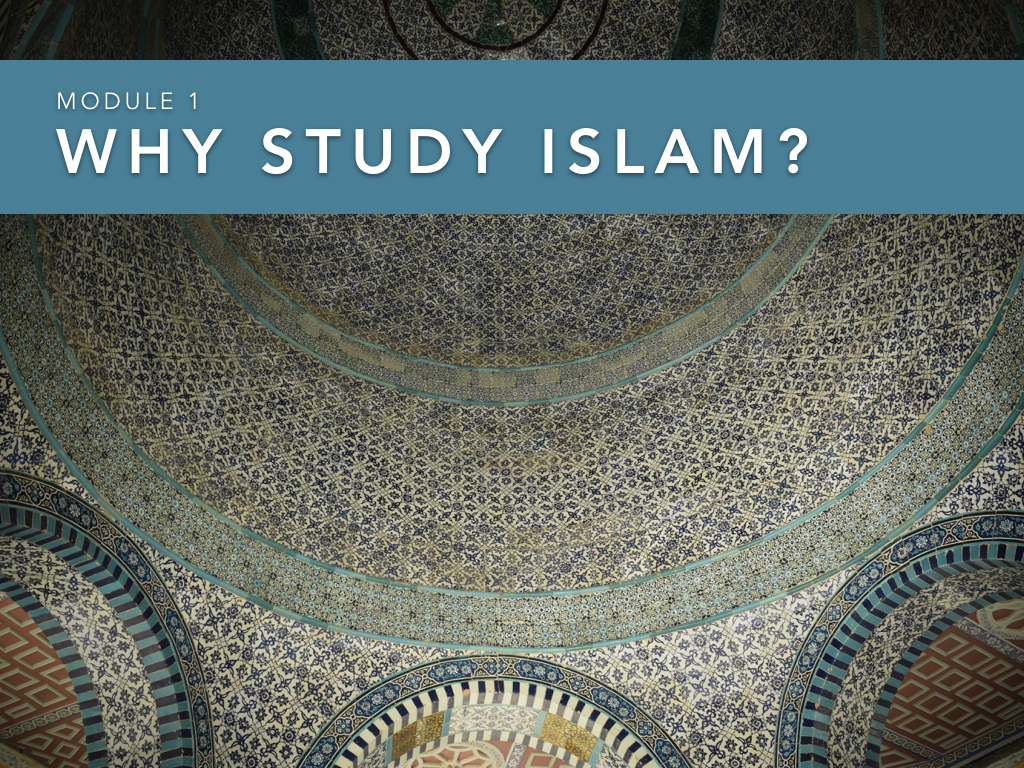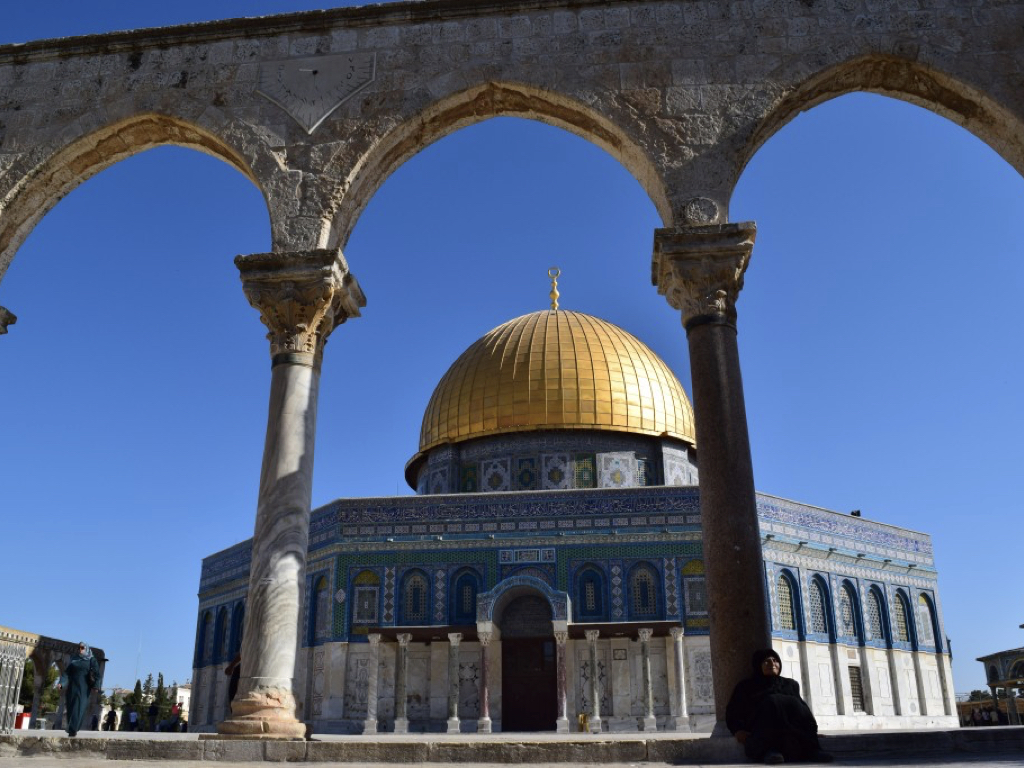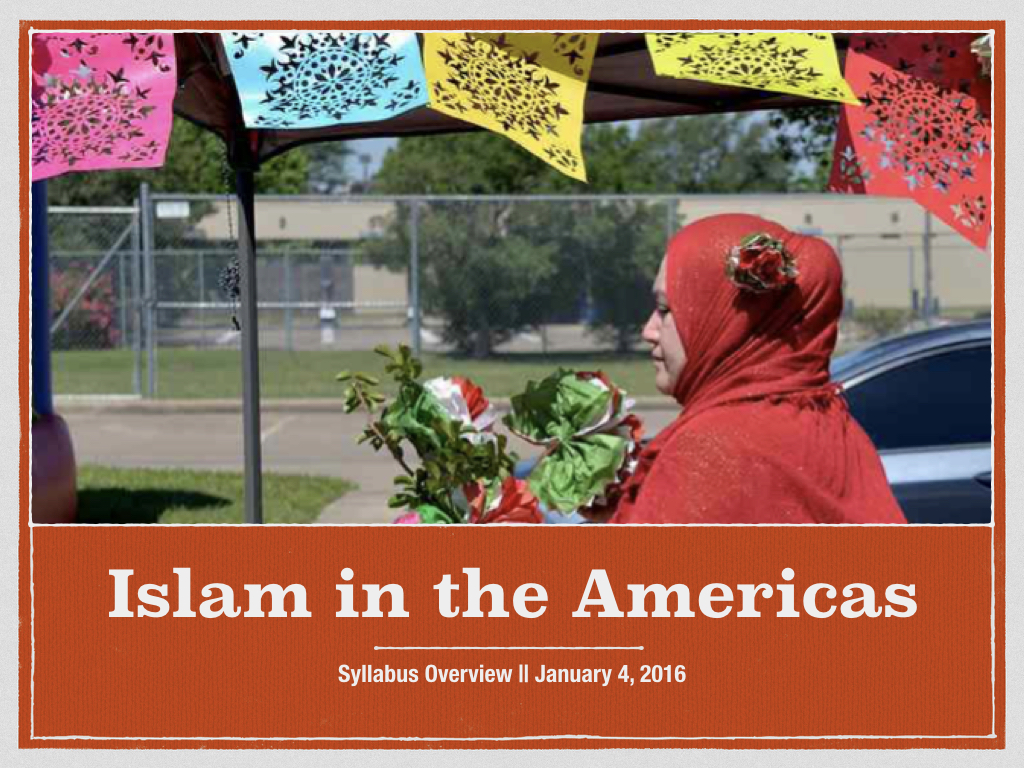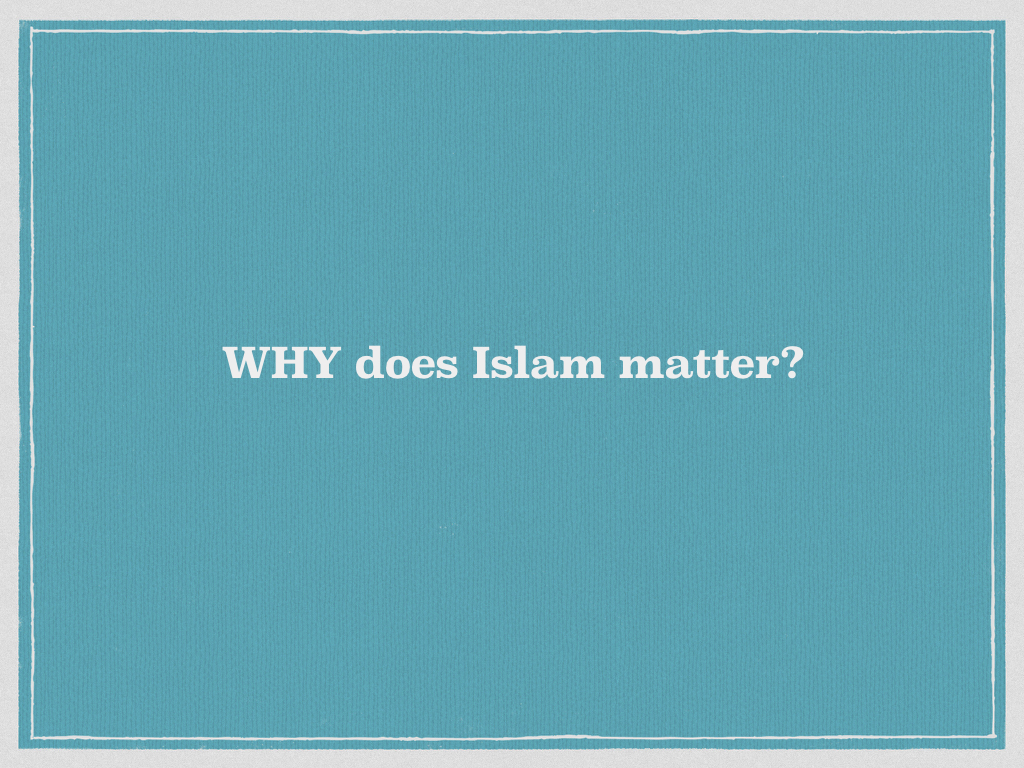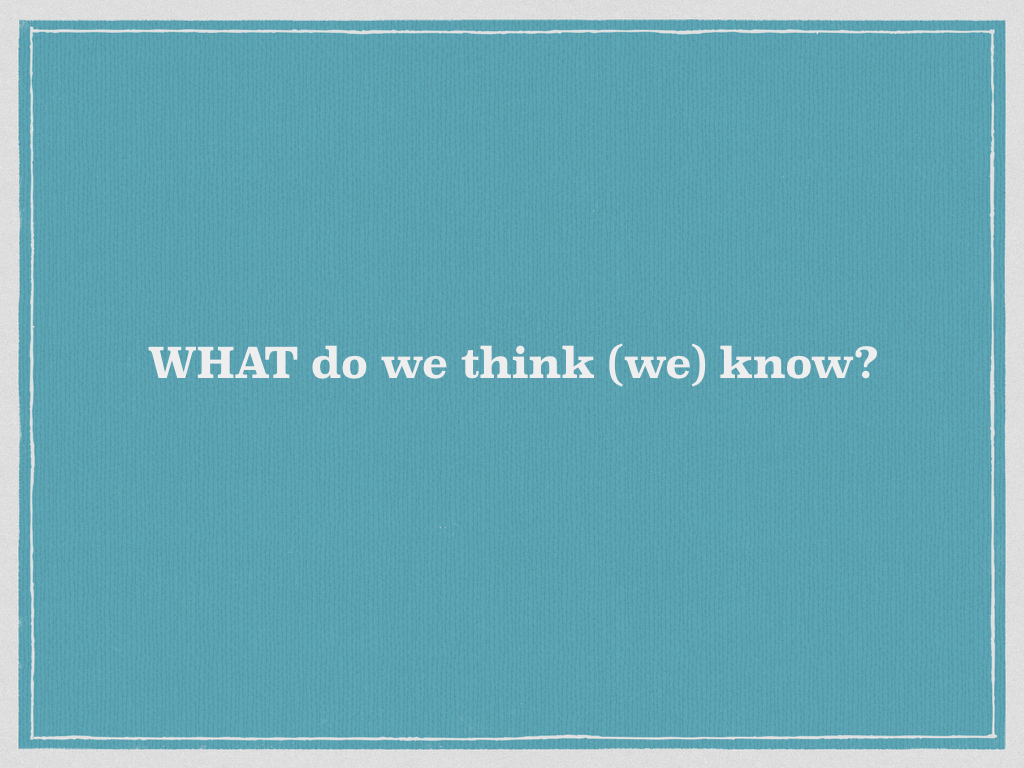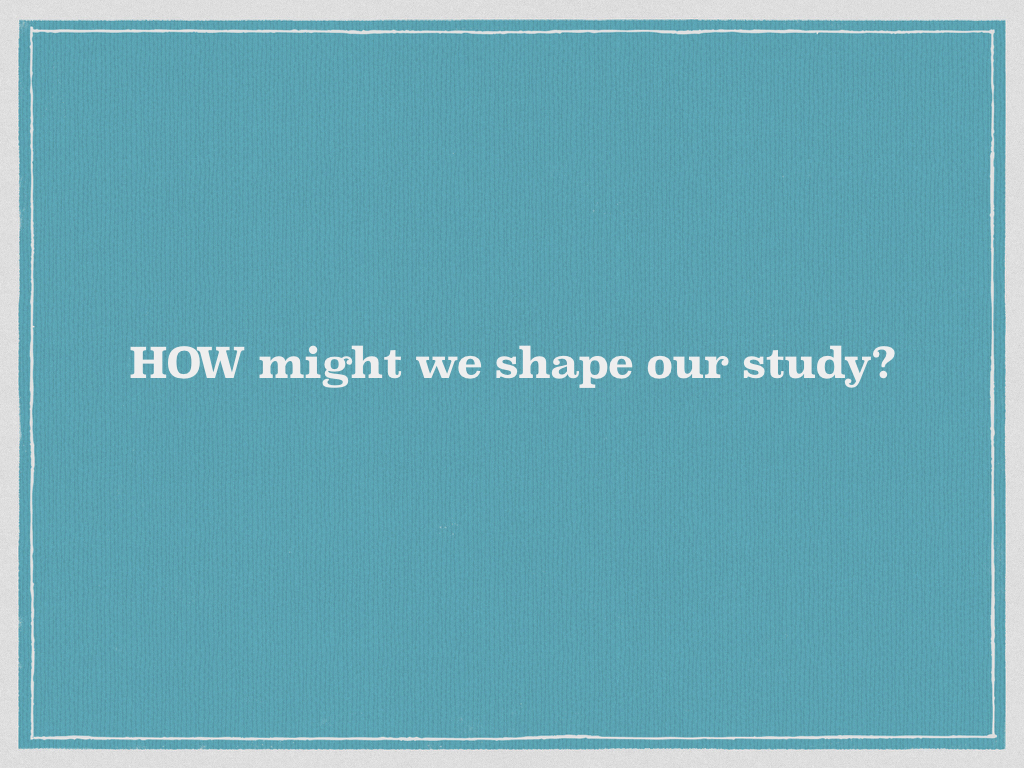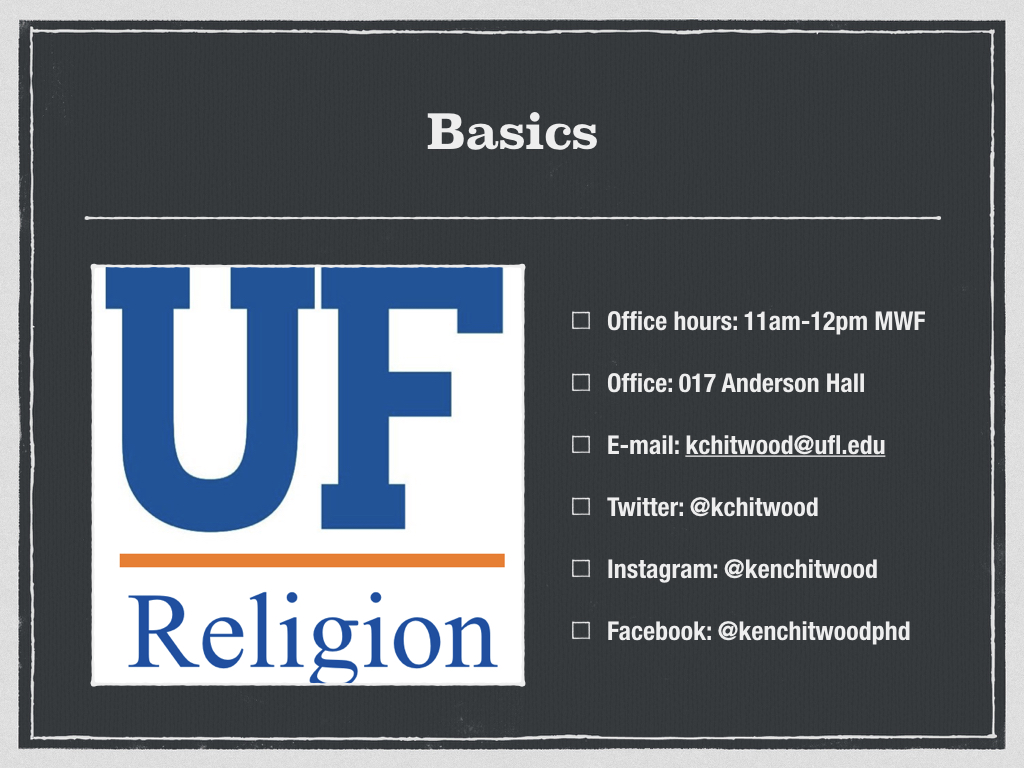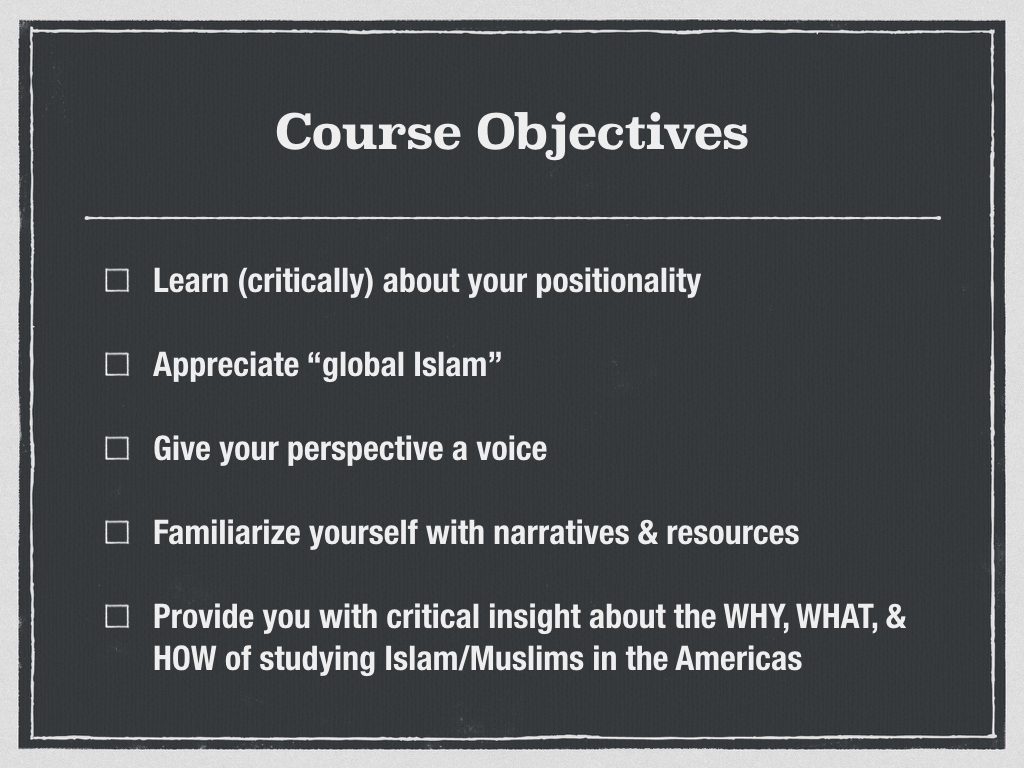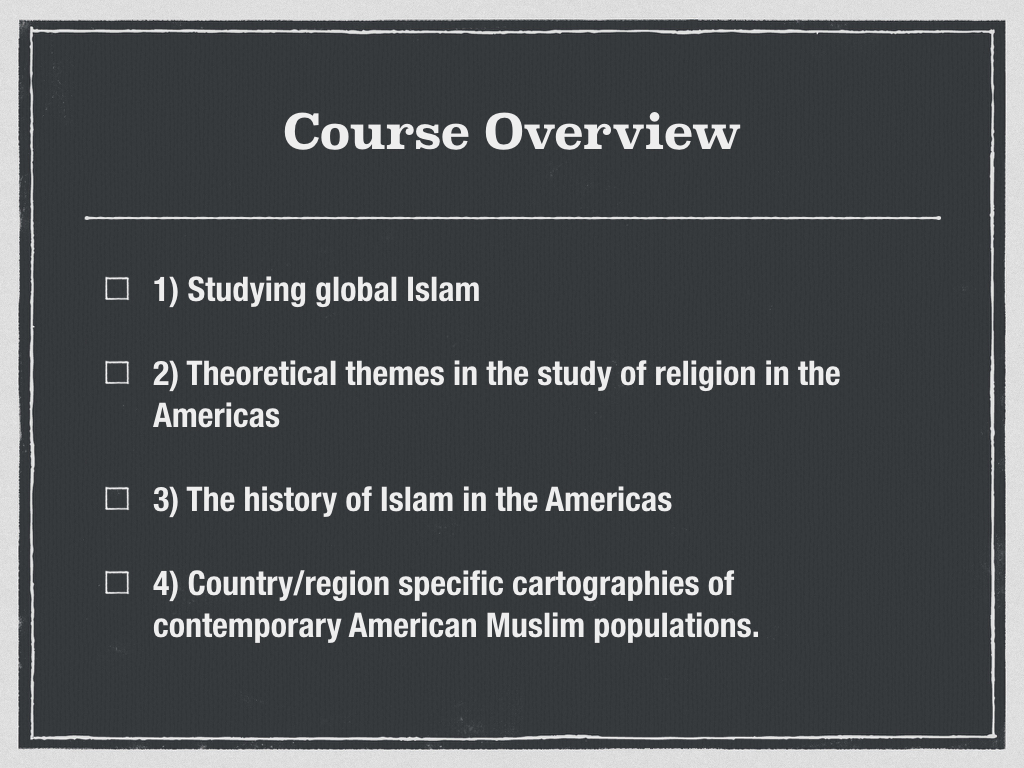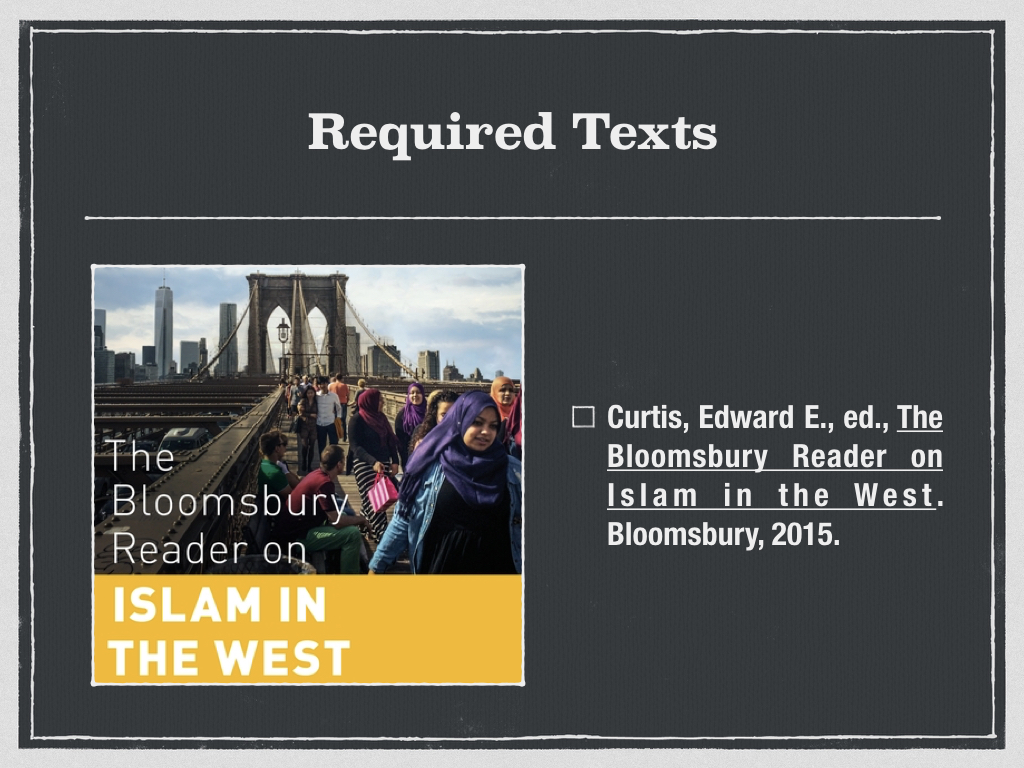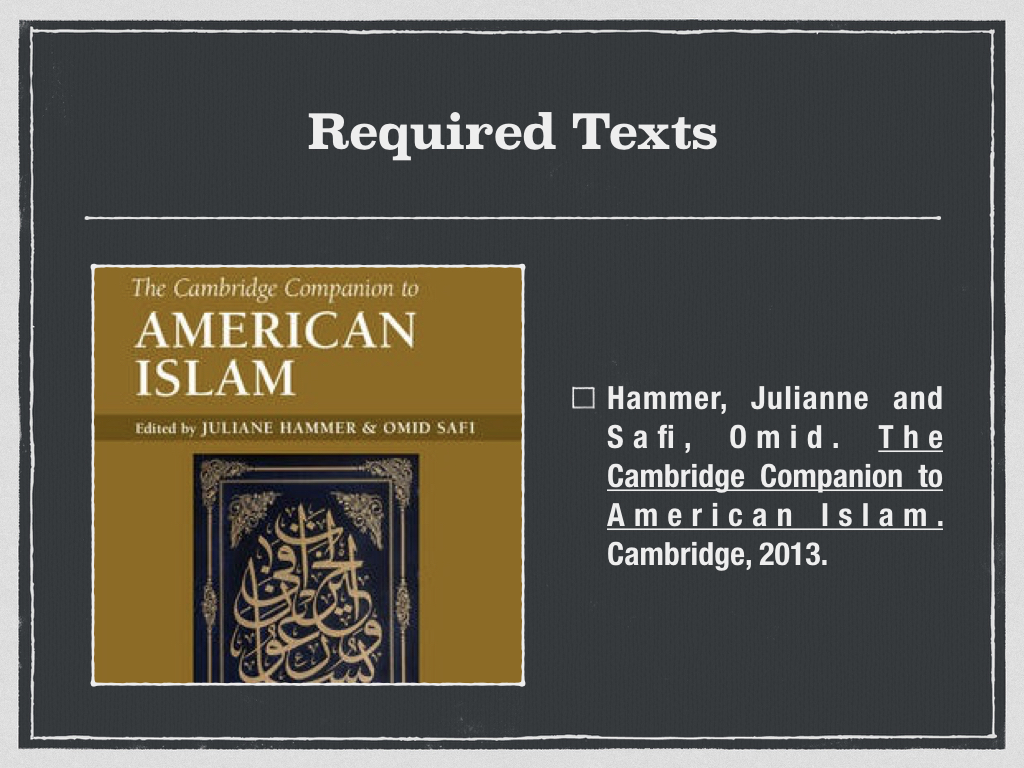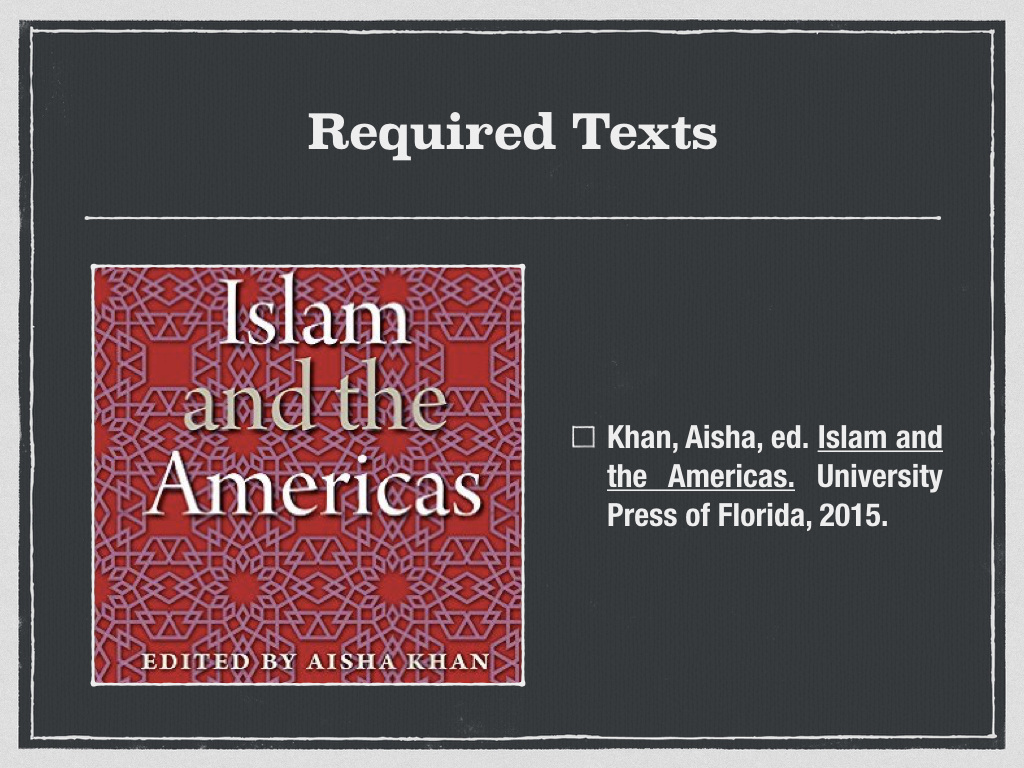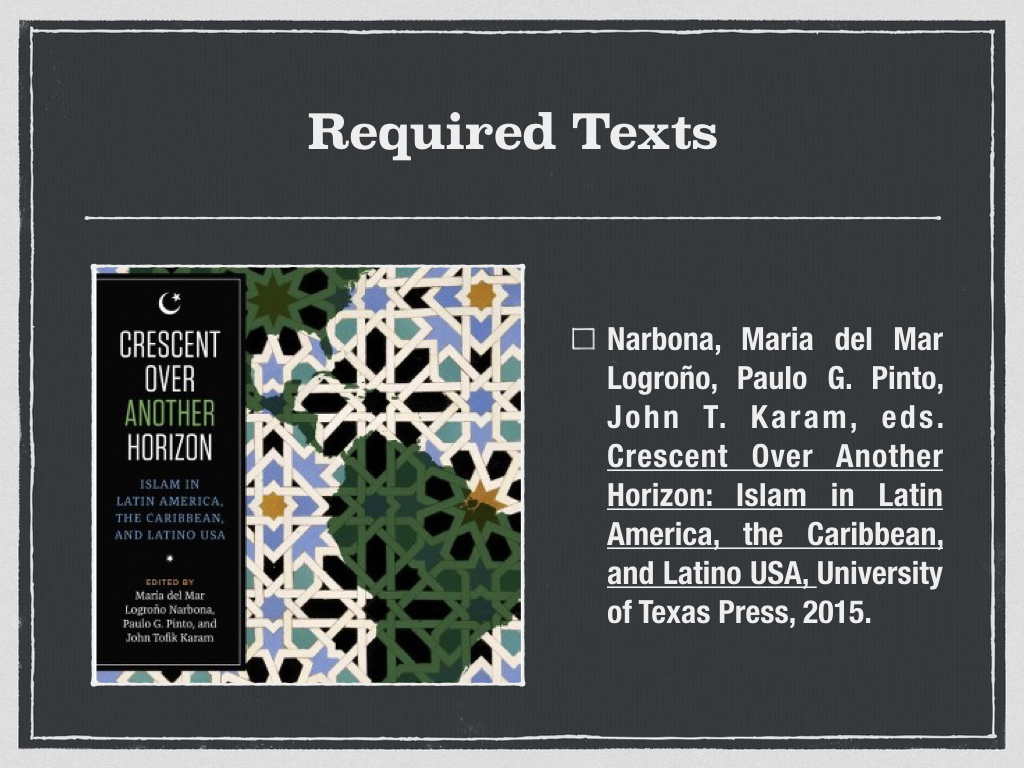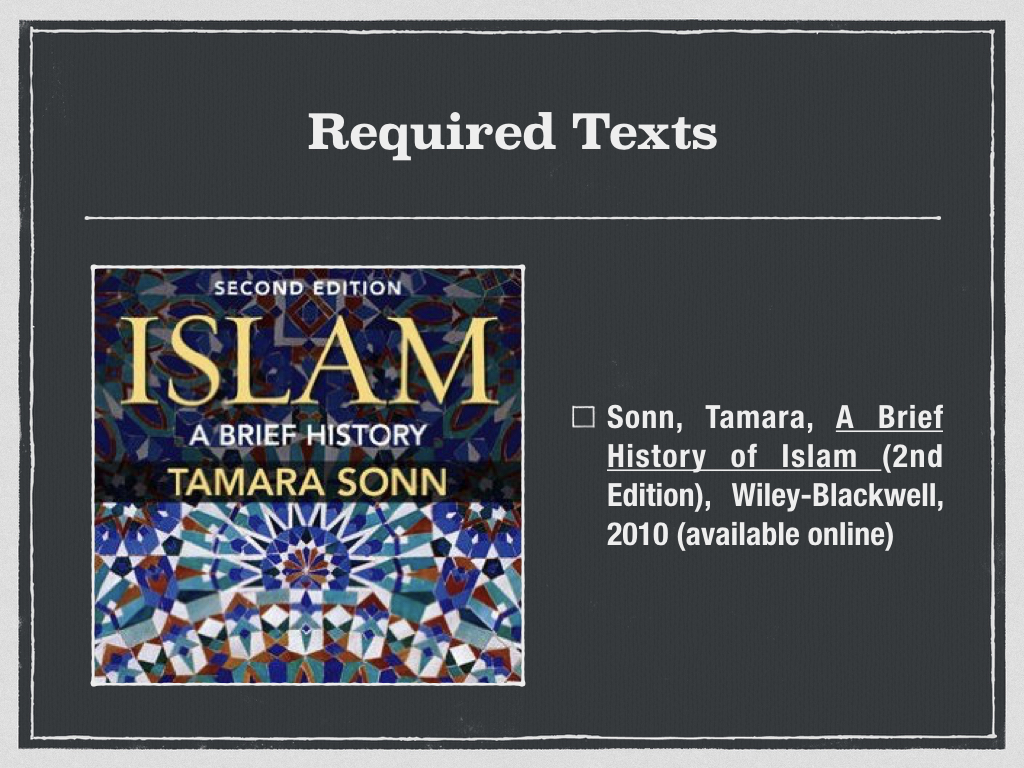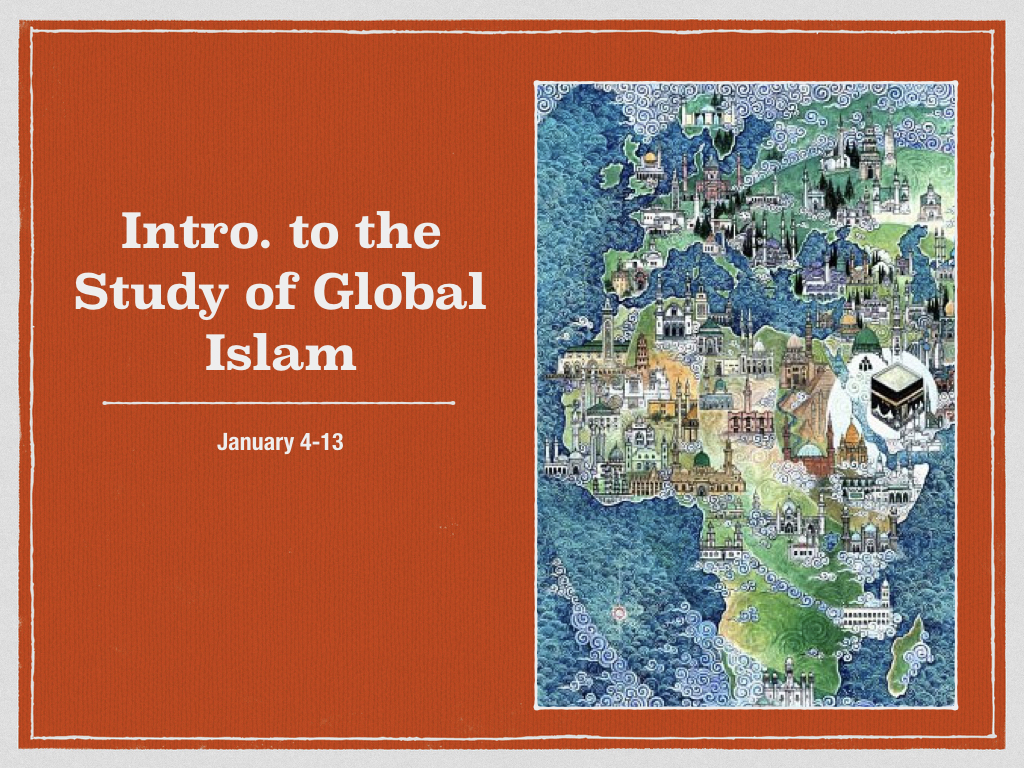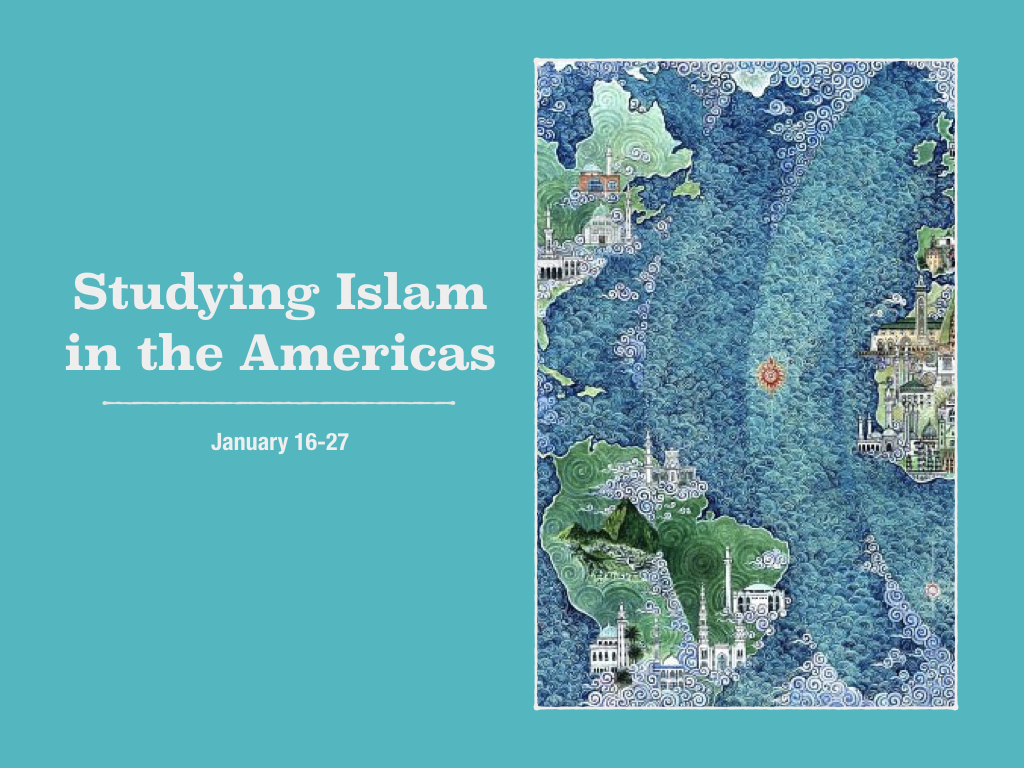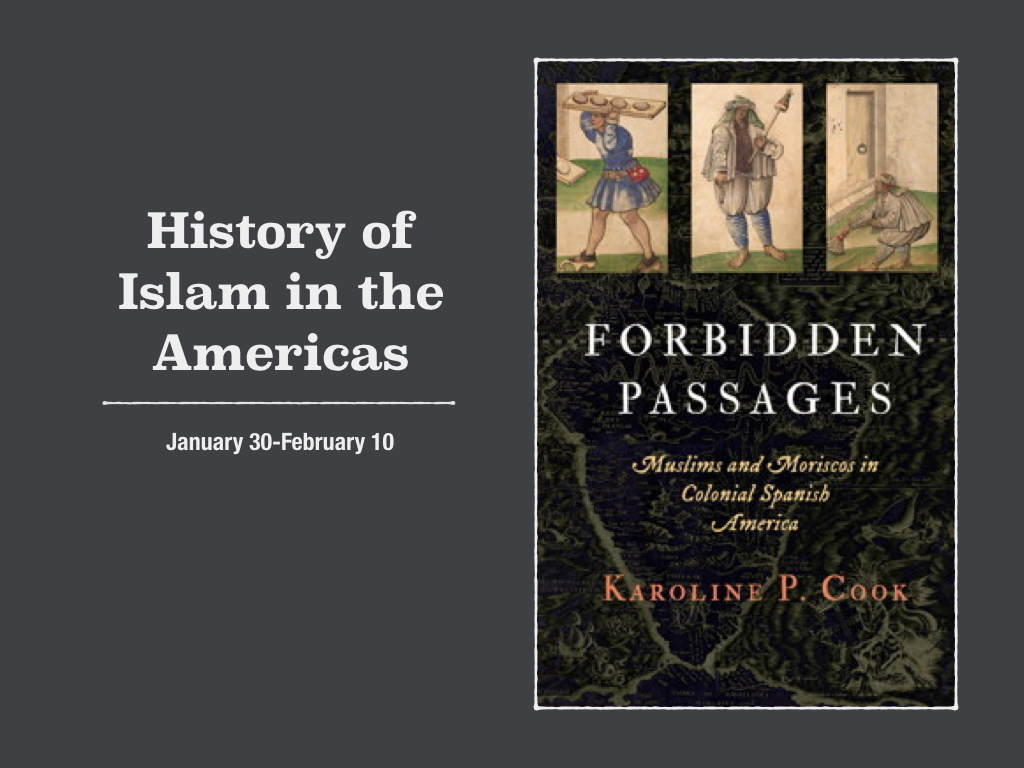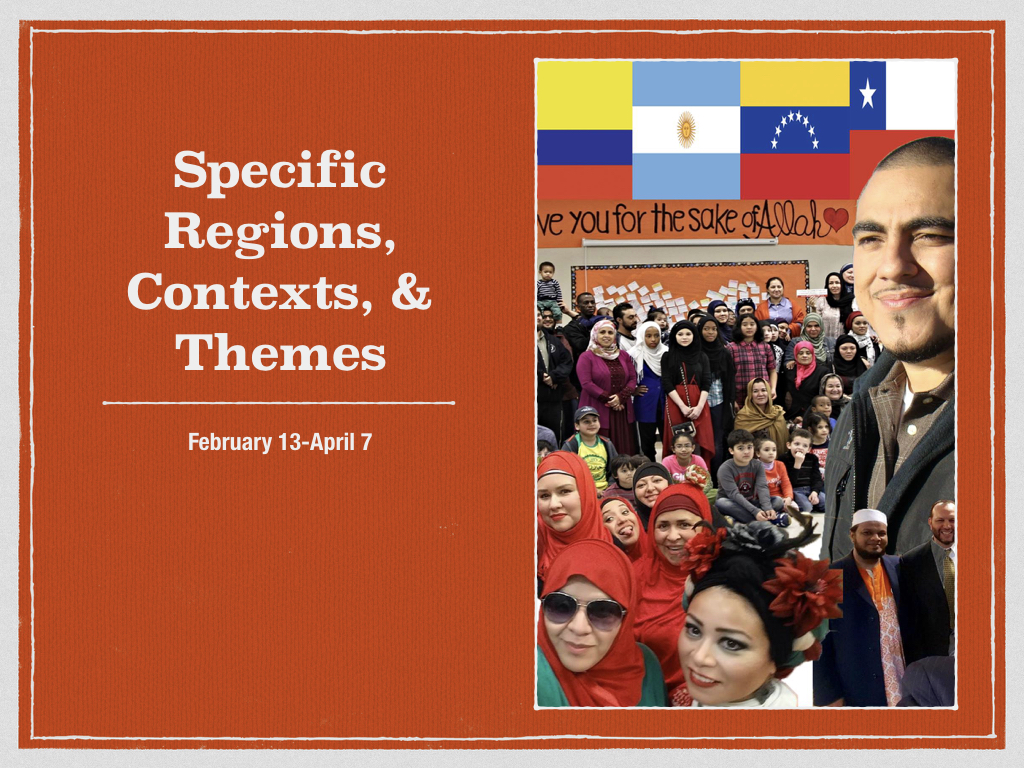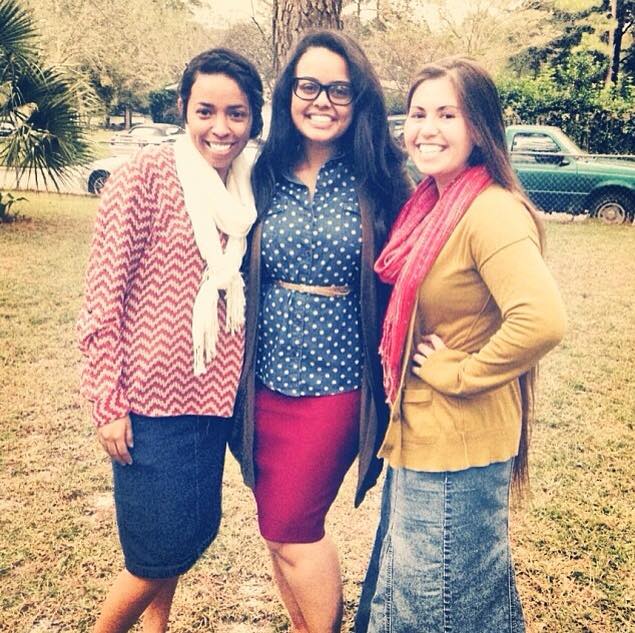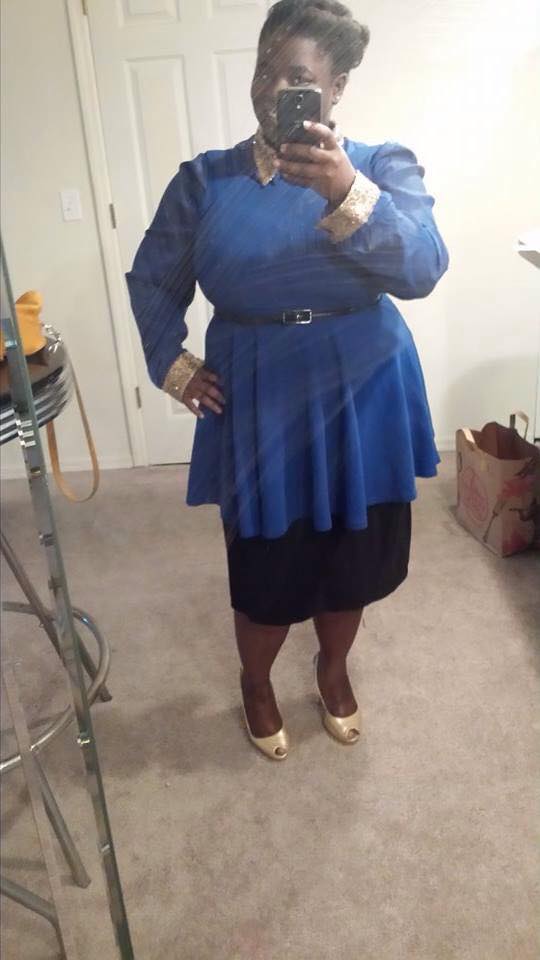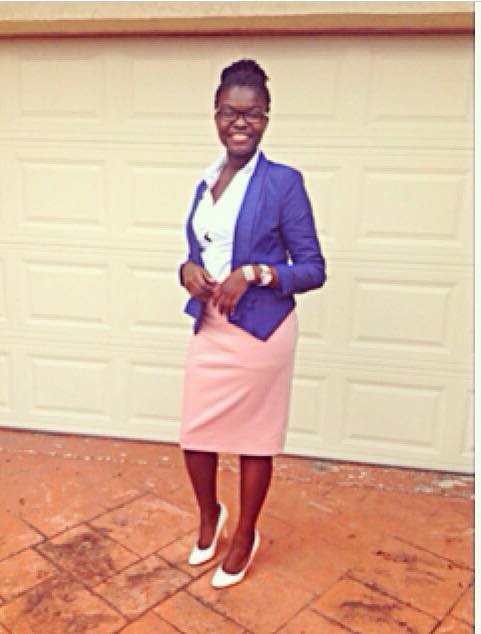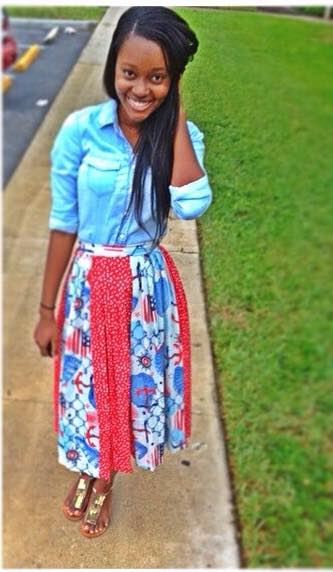Like drinking water from a firehose.
That was the warning I gave to 75 students who signed up for the University of Florida's first ever online "Introduction to Islam" course (in conjunction with the Department of Religion, the Center for Global Islamic Studies, the Center for Instructional Technology and Training [CITT], and UF Online).
For those who remained, they soon found out what it was like to learn the basics of Islamic belief and practices through an examination of Islamic history, law, and an array of theological orientations as articulated in the traditions of teachings of various traditions in just six weeks!
As they reflected at the end of the course, they not only confirmed the intensity of the course but its value in challenging their stereotypes and enabling them to talk to others about the diversity of Islam and Muslim communities across the globe.
The course also took time to explore Islamic practices in the contemporary period and expose students to reflect on the realities of religious everyday life and religious change through their readings, lectures, discussion boards, essays, and final class project -- an op-ed, commentary, or news analysis piece that they developed over the course of the semester. Not only did the students learn through this process, but I also gained new perspectives and lessons through the online teaching experience.
As I walked to work this morning I listened to the news and heard three references to the place of Islam and Muslims in various contexts: about whether Islam is a part of Germany amidst their current asylum discussions; the SCOTUS decision on the "Muslim ban" in the U.S.; and the role of Islam in the peace process between Palestine and Israel. The news only impressed upon me the importance of giving students the ability to critically analyze the impacts of Islamic beliefs and values on social and cultural practices, and the formation of institutions, communities, and identities. Furthermore, I hoped to challenge students to grasp the complex relationship between the discursive traditions of a major world religion as well as the ambiguities of some key terms of Muslim religious thinking.
We were aware that this summer course could not amply cover the full extent of Muslim traditions across the ages and around the globe, but the expectation was that students would come away with a fuller appreciation for the richness and variety of Islam while also possessing a foundational understanding of its core concepts and practices.
On their final exam, I asked them to write regarding, "one thing you would like to tell someone about Islam and Muslims that you did not know before this course and you think is important for others to know." Overwhelmingly, students highlighted their learning about the diversity of Islam.
One student wrote:
“I was led to believe that Islam was one monolithic religion and everyone followed it as is, save for the extremists. However, after learning more about the faith and its history over the last few centuries, I realize that Islam can manifest in different ways among various cultures, and that while set apart from other forms of Islam, the same core tenets remain. There are Muslims who visit shrines of saints, who use talismans with Quranic verses on them, and who push for either reform and/or maintaining current tradition as is. It goes to show [that] Muslims worldwide are an international community that cannot be defined in just one, overly general way.”
Another student learned about the various motivations that Muslim women have for choosing to veil in public. They wrote, "I think it is important for others to know this because the stereotypes of an oppressive Islam cause people to dislike Islam and cause them to create a largely negative image of Islam...I think if people knew the reasons that Muslim women chose to veil and how these women felt about it, some of this negativity surrounding Islam would disappear. I think it is important for people to be knowledgeable of ["women in Islam"] because it helps them create their own opinions of Islam based off of more than what they hear in the news."
There was some humor as well as one student quipped, "if you thought the name Muhammad was not popular before, think again!"
Lightness aside, other students discussed how their stereotypes about women in Islam, violence and jihad, and the modernization and Westernization of Islam were flipped on their heads or given new context and meaning. Overwhelmingly, students identified 9/11 as the key prism through which they had previously known Islam and Muslims and also set it aside as the centrifugal moment in contemporary global history. They recognized that the way the world sees Islam and Muslims -- while certainly influenced by historical perspectives and stereotypes -- is largely shaped by 9/11 and the subsequent "War on Terror." Not only that, but students appreciated how the media, government policies, and cultural tropes have seriously warped our understanding of what Islam is and is not and how Muslims live, act, and think across the globe.
Reflecting on the current cultural and political climate one student said, "we shouldn’t treat Muslims as foreigners or people following an evil, alien culture. They aren’t so different from the average person you might meet on the street."
These gleanings were also reflected in their final projects. Students shared their opinions and analyses on a variety of topics including the #MosqueMeToo movement, Islam and Muslim communities in Africa, and the parallels and dissimilarities between Zen Buddhist traditions and Sufi mystic beliefs and practices. We took the semester to help students develop their project from idea to thesis, outline to draft, and draft to final copy and were rewarded with fine-tuned arguments, clear perspectives, and in-depth analyses.
In the coming weeks, I hope to publish a couple of these pieces and to share with you some of the things that students passed on to me. These projects reflect the ongoing need for individuals, teachers, and students in educational institutions and in the public sphere to commit themselves to learning about religion -- Islam or otherwise. These projects also reflect how even in the course of six weeks a student's understanding of the world can not only change but come to be expressed eloquently and shared widely with others.
Indeed, in a time of increasingly negative rhetoric around the topic of Islam and Muslims, it is heartening to know that education -- whether in-person, experiential, or via online portals -- can help counter stereotypes and reverse negative opinions.
My experience with this course reinforces something I recently read in the article, “Muslims Love Jesus, Too? Corrective Information Alters Prejudices Against Islam.” In this article, researchers in Germany found that "opinions towards Islam were largely negative at baseline but improved significantly after [the] presentation of the correct answers." Furthermore, they wrote that this "suggests that prejudices against Islam are partially fueled by knowledge gaps."
As a lifelong learner and educator, it is my passion to fill knowledge gaps -- those of my own and those of others. It was an honor to work with these students over the last month-and-a-half to fill gaps and enhance their knowledge about Islam and Muslims across the globe. I learned a lot as well and benefitted from their messages, corrections, challenges, questions, and one-on-one conversations about their projects, their struggles, and their inquiries.
Educators concerned with religious literacy should take heart that their instruction can, and does, work. It can have a positive impact. It can -- in small and large ways -- change the world.
Systems are unjust, broader forces may be malevolent, and the world may be chaotic; but teaching others, filling knowledge gaps, and engaging in important conversations about Islam and Muslims can play a crucial role in bringing justice, goodness, and kindness to bear in our world.
At least that's what I learned this summer teaching "Introduction to Islam" online.
